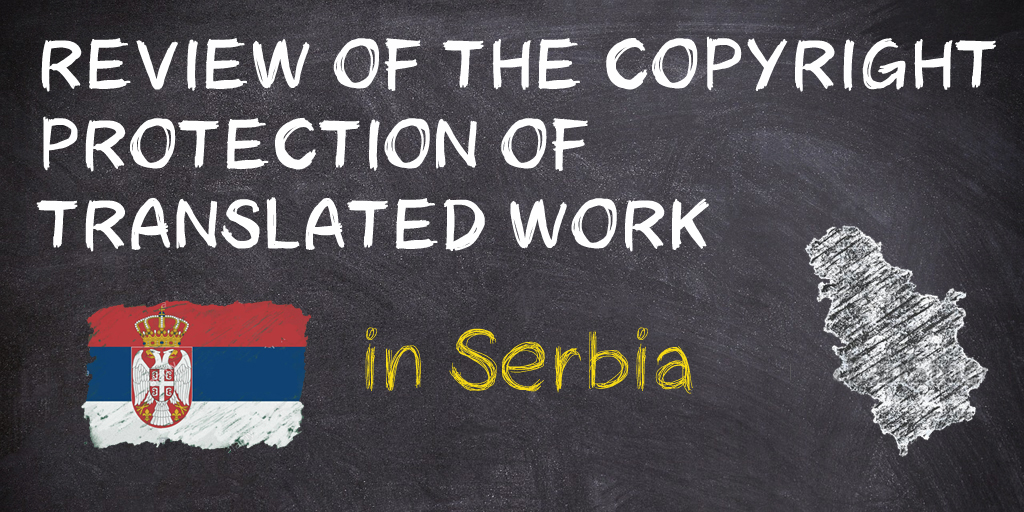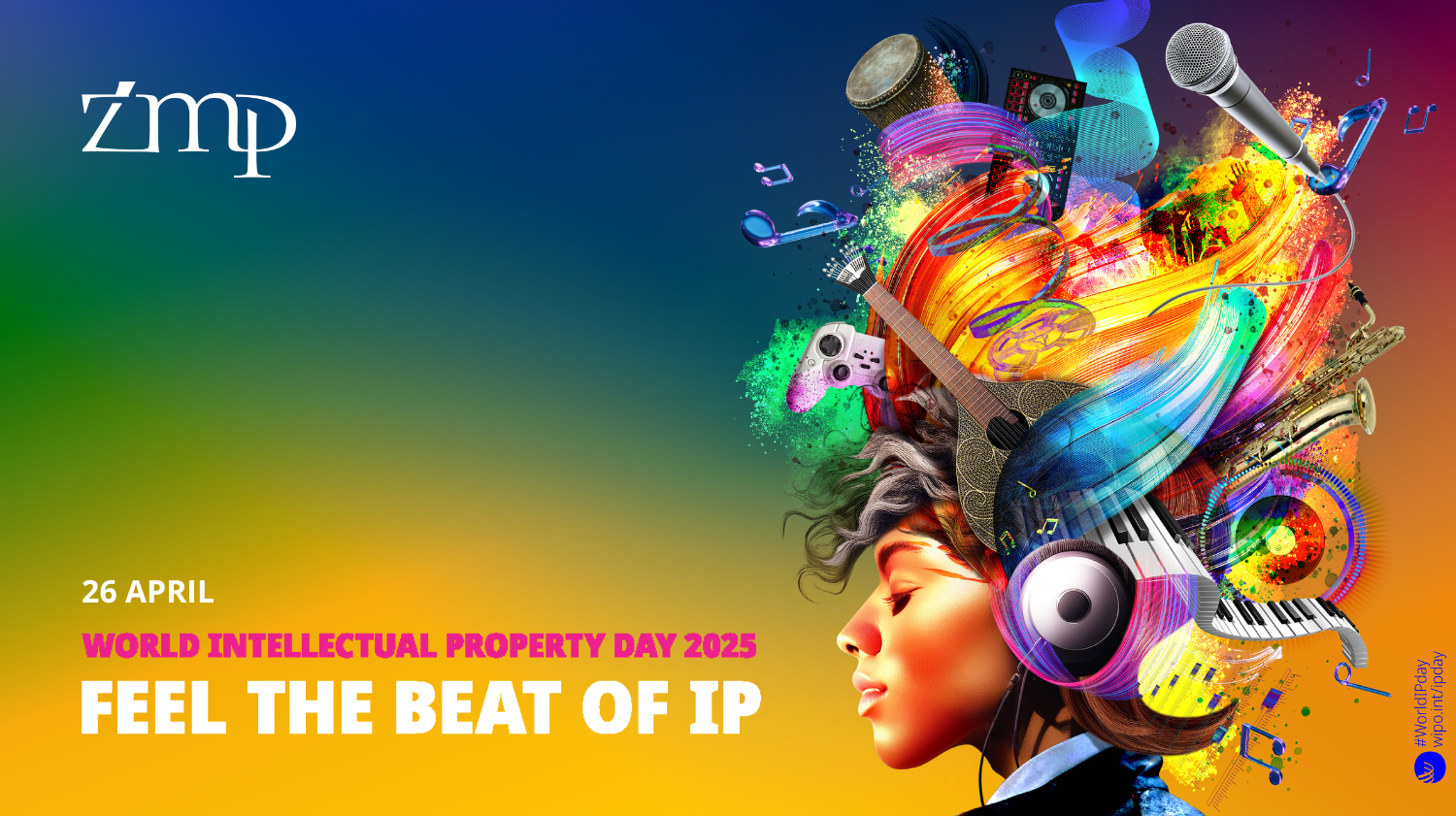Copyright protection under national law is determined by the same conditions known to most of the European countries: the creation has to be original and has also to be expressed in a fixed form. Bearing in mind that the copyright holder acquires protection once the work is created, interpretation of the mentioned requirements is of crucial importance for the copyright holders. There are different approaches to the originality requirement in practice, despite the fact that there is a high level of harmonization when it comes to the owner’s entitlements and available mechanisms of legal protection. Whilst EU members tend to follow the ruling of CJEU in Infopaq v. Danske (2009), whereby the originality requirement has been interpreted as author’s own intellectual creation, some common law countries on the other hand, have adopted a similar but yet somewhat different definition of originality: a work based on author’s skill and labor being considered as original.
The question of originality of work is especially challenging when it comes to derivative works. These are the works created based on an already existing work of authorship, which the law defines as works containing characteristic elements of an underlying (basic) work. Bearing in mind that derivative works are being created based on already existing ones, author’s space for expression of his own originality becomes somewhat narrowed and limited by the characteristics of the underlying work. Nevertheless, it is indisputable that derivative works enjoy copyright protection under identical conditions as underlying works. Given that translations could be considered as derivative works, translators are faced with a complex issue of originality of their work, particularly bearing in mind that the quality of a translation usually depends on its closeness to the original text being translated.
ZMP attorneys have organized and held several lectures on copyright protection, dedicated to the translators and court sworn interpreters (https://www.sudskiprevodiocisrbije.com/strucni-sastanak-autorsko-pravo-izmene-zakona-i-zastita-na-internetu/ and https://www.sudskiprevodiocisrbije.com/strucna-usavrsavanja/obuka-autorskopravni-aspekti-prevodilacke-delatnosti/). On such occasions, we discussed about most common questions and problems translators and interpreters face in their practice; and as a result of such meetings we have summarized several questions and answers which explain usual dilemmas regarding copyright protection that they face:
Is every translated work a work of authorship?
No. Although the Law explicitly enumerates works that are subject to the copyright protection, including therein translated works, it does not imply that every translation can be copyrighted. Same as any other work of authorship, translation has to be original and expressed in a fixed form. Moreover, official translations of legislative texts and official documents of the state authorities and of the authorities performing public functions are explicitly excluded from the copyright protection.
How is the originality of a translation assessed, bearing in mind that translators tend to resemble the basic text as close as possible?
Depending on the type of text being translated, translators retain certain degree of freedom when it comes to the choice of words, their order, and the organization of punctuation marks. Such freedom is largest when dealing with the works of literature, whereas it is often much narrower when it comes to official texts. Originality of translation of official texts also depends on the development level of terminology within a language, for a particular field where it is applied. When translators do not have a freedom of choice between different words for one same term, the originality of the text is to be assessed solely with regards to the section where such freedom existed.
What would happen if two translators create almost identical translations, independently of each other? Is there found to be copyright infringement of the translator who created the translation first?
No. Originality in copyright is not equal to novelty. Theoretically, it would be possible for two authors, to create two identical works of authorship independently of each other. Such possibility would be even more likely with regards to translations and similar works which are created with an attempt to resemble the existing work, or in case of photography – character, item, or a landscape. The assessment as to whether there is an intentional copying of an existing work, or as to whether there is an accidental creation of an identical or substantially similar work, is made taking into consideration all of the facts of the case at hand. Authors are often burdened with a requirement to provide proof of circumstances which confirm originality of their creation, and vice versa – it is allowed to prove all facts implying that the author had conscientiously copied somebody else’s existing work.
Can electronic plagiarism checkers establish existence of copyright infringement?
No. Electronic plagiarism checkers of the prior published papers available in the databases do not assess the existence of copyright infringement, but rather the amount of text which matches with the existing works. Even when there is a high percent of matching with a previously published work, copyright infringement would still depend on other factors: nature of the prior work in question, existence and scope of its copyright protection, as well as numerous other factors. In that sense, for the purposes of assessing copyright infringement, it would be necessary to verify what the exact percentage of overlapping is, what is the nature of the parts of the text in question, do they themselves enjoy copyright protection.
Is there any percent of other person’s text which is allowed to be used?
No, the law does not specify the percentage of other person’s work which is to be used freely without author’s consent. Even when the prior text is cited, it is necessary to meet the conditions prescribed by the law – namely, that the work is published, that it is a short excerpt of a prior work, that the author’s name is indicated, as well as the title, etc.
Is it necessary to record a translation in order to obtain copyright protection?
No. Recordal of the works of authorship is recommendable only to the extent that it eases the proof of authorship and the time of creation of the work in case of any potential legal dispute. However, when it comes to the copyright protection of translations, it occurs the very moment the work is created, same as with any other type of work.
Who decides whether the work enjoys copyright protection and whether there is a copyright infringement?
The court has exclusive jurisdiction over this question. When dealing with translations of official texts, the court experts are usually hired, as they are familiar with the terminology of the filed in question, and can assess the level of author’s freedom as well as the amount of his personal contribution to the overall creation. Given that domestic practice has not yet provided us with a proper interpretation of the originality requirement with regards to the translated works being considered as the works of authorship, the originality of translators is being assessed in the same manner as any other authors would be – based on the existence of author’s own intellectual contribution to the work in question.
Author: Mina Jovanovic, attorney at law
Uslov originalnosti – autorskopravna zaštita prevoda u Srbiji
Zaštita autorskog dela je i u domaćem pravu uslovljena okolnostima koje poznaju gotovo sve evropske države: neophodno je da postoji originalnost duhovne tvorevine koja je predmet zaštite i određenost forme u kojoj je izražena. Budući da se autorsko pravo stiče samim nastankom dela, tumačenje sadržine pomenutih uslova od suštinskog je značaja za titulare. U praksi postoje različiti pristupi uslovu originalnosti, iako je zaštita autorskih dela relativno ujednačena kada je reč o ovlašćenjima titulara i mehanizmima pravne zaštite. Dok članice Evropske unije slede tumačenje Evropskog suda pravde koji je u predmetu Infopaq v. Danske (2009) odredio da je originalno autorsko delo ono koje predstavlja autorovu ličnu intelektualnu tvorevinu, zemlje common law sistema usvajaju blisku, ali ipak drugačiju definiciju originalnosti; originalnim se smatra duhovna tvorevina koja je nastala ulaganjem ličnog rada ili veština od strane autora.
Pitanje ocene originalnosti dela posebno je izazovno onda kada se ceni originalnost dela prerade – derivativnih autorskih dela. Reč je o tvorevinama koje nastaju preradom već postojećeg autorskog dela, koje zakon definiše kao dela u kojima su prepoznatljivi karakteristični elementi prerađenog (izvornog) dela. Kako izvedena dela nastaju na osnovu već postojećih autorskih dela, prostor autora da doprinese originalnosti bitno je sužen i ograničen karakteristikama osnovnog dela. Ipak, nesporno je da i dela prerade uživaju autorskopravnu zaštitu pod jednakim uslovima kao i izvorna dela. Budući da prevodi predstavljaju vrstu derivativnih dela, za prevodioce je od posebnog značaja pitanje ocene njihove originalnosti – ovo posebno stoga što kvalitet prevoda često zavisi i od što vernijeg prikaza osnovnog teksta koji je predmet obrade.
Advokati ZMP-a u Srbiji su u nekoliko navrata održali predavanja o autorskom pravu posvećena sudskim tumačima i prevodiocima (https://www.sudskiprevodiocisrbije.com/strucni-sastanak-autorsko-pravo-izmene-zakona-i-zastita-na-internetu/ i https://www.sudskiprevodiocisrbije.com/strucna-usavrsavanja/obuka-autorskopravni-aspekti-prevodilacke-delatnosti/ ). Tom prilikom razgovarali smo o najčešćim problemima sa kojima se prevodioci susreću u praksi, te kao rezultat te saradnje u nastavku sumiramo nekoliko pitanja i odgovora koji rešavaju ključne dileme o autorskopravnoj zaštiti prevoda:
Da li je svaki prevod autorsko delo?
Ne. Iako zakon izričito navodi prevod kao jedan od nabrojanih predmeta zaštite autorskim pravom, to ne znači da će svaki prevod nužno uživati zaštitu. Kao i svako drugo delo, neophodno je da prevod bude originalna duhovna tvorevina autora, te da je izražen u određenoj formi. Takođe, službeni prevodi propisa i službenih materijala državnih organa i organa koji obavljaju javnu funkciju izričito su izuzeti od autorskopravne zaštite;
Kako se ceni originalnost prevoda, imajući u vidu da prevodilac nastoji da što vernije prevede izvorni tekst?
U zavisnosti od vrste teksta koji je predmet prevoda, prevodioci imaju određeni stepen slobode u izboru reči, njihovom rasporedu i organizaciji interpunkcijskih znakova kojima se prenosi značenje osnovnog teksta. Ova sloboda je najšira kod književnih dela, dok je kod prevoda stručnih tekstova sloboda autora često sužena. Originalnost prevoda stručnih tekstova zavisi i od razvijenosti terminologije domaćeg jezika za pojmove konkretne oblasti u pitanju. Onda kada prevodioci nemaju mogućnost izbora između različitih reči kojima se može označiti neki termin, originalnost prevoda ceni se u odnosu na onaj deo teksta gde je autor imao takvu slobodu.
Šta se dešava ukoliko dva prevodioca izrade gotovo identične prevode, nezavisno jedan od drugog? Da li u tom slučaju postoji povreda autorskog prava prevodioca koji je prvi sačinio tekst?
Ne. Originalnost u autorskom pravu ne znači novost. Teoretski je moguće je da dva autora, nezavisno jedan od drugog, izrade identično autorsko delo. Ovakva mogućnost posebno je izražena kod prevoda i sličnih autorskih dela koja nastaju u pokušaju da se što vernije prikaže postojeće delo, ili u slučaju fotografije – lik, predmet ili predeo. Ocena da li u konkretnom slučaju postoji svesno podražavanje ranijeg postojećeg dela ili nenamerno stvaranje identičnog ili bitno sličnog originalnog dela ceni se uzimajući u obzir sve okolnosti konkretnog slučaja. Često je na autorima teret dokazivanja okolnosti koje potvrđuju originalnost u njihovom stvaralaštvu, i obrnuto – dozvoljeno je dokazivati sve činjenice koje ukazuju da je autor svesno podražavao tuđe postojeće delo.
Da li se elektronskim programima za proveru plagiranja može utvrditi povreda autorskog prava?
Ne. Programi za elektronsku proveru podražavanja ranije pohranjenih tekstova u dostupnim bazama ne cene postojanje povrede autorskog prava, već količinu teksta koji se preklapa sa postojećim radovima. Čak i kada postoji visoki procenat preklapanja sa ranije objavljenim tekstom, postojanje povrede autorskog prava zavisiće i od drugih faktora: prirode ranijeg dela u odnosu na koje postoji podražavanje, postojanja i obima njegove autorskopravne zaštite, i brojnih drugih faktora. U tom smislu, da bi se utvrdila povreda autorskog prava, neophodno je da se u svakom konkretnom slučaju utvrdi koji procenat teksta se preklapa, koji su to delovi teksta, kao i da li ti delovi, sami po sebi, uživaju autorskopravnu zaštitu.
Da li postoji određeni procenat tuđeg teksta koji je dozvoljeno preuzeti?
Ne, zakon ne određuje procenat tuđeg dela koji je moguće slobodno koristiti, bez obzira na saglasnost autora. Čak i kada se deo ranijeg teksta citira, potrebno je da se steknu uslovi propisani zakonom – naime, da je delo objavljeno, da je reč o kratkom odlomku ranijeg dela, da se naznači ime njegovog autora, naslov i slično.
Da li je neophodno deponovati prevod kako bi uživao autorskopravnu zaštitu?
Ne. Deponovanje autorskih dela preporučljivo je zbog toga što olakšava dokazivanje autorstva i vremena nastanka dela za slučaj mogućih sporova u budućnosti. Ipak, kada je reč o autorskopravnoj zaštiti prevoda, ona nastaje samim nastankom dela, što važi i za sve druge vrste autorskih dela.
Ko određuje da li prevod uživa autorskopravnu zaštitu i da li postoji povreda prava?
Za ovo pitanje isključivo je nadležan sud. Kada je reč o prevodima stručnih tekstova, često se angažuju i stručni veštaci koji poznaju terminologiju materije koja je predmet obrade, te koji mogu dati ocenu slobode kojom je autor raspolagao i njegovog ličnog doprinosa u celokupnom izgledu dela.
Kako domaća praksa još uvek nije iznedrila tumačenje pojma originalnosti u kontekstu prevoda kao autorskih dela, originalnost prevodilaca ceni se kao i originalnost svih drugih autora – prema postojanju ličnog intelektualnog doprinosa stvaraoca dela.
Autor teksta: Mina Jovanović, advokat






